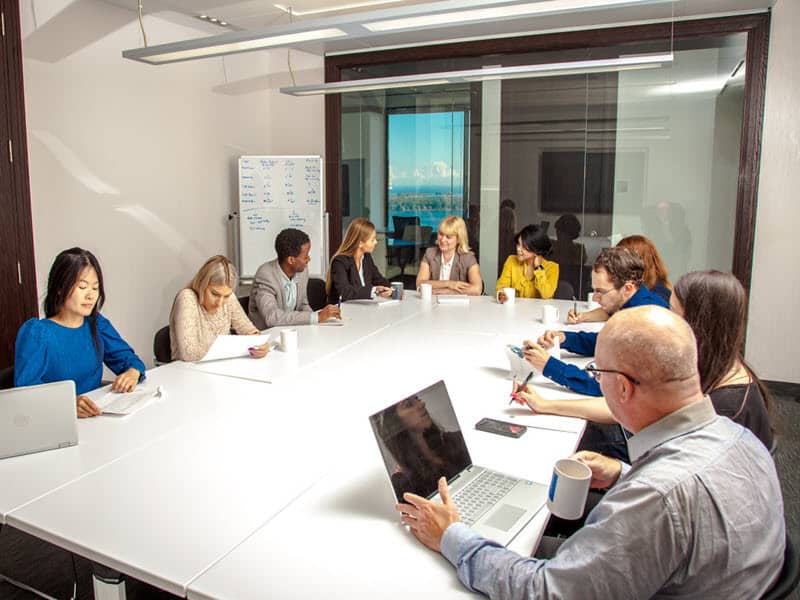Understanding how to promote your network is key for your event’s success. Whether you’re planning a charity event, business networking cocktail hour, reception or educational conference, getting the word out about your meeting can be a challenge. To properly promote an event, planners need to target potential attendees by using a variety of media.
What is a networking event?
A networking event is a gathering or occasion where employees or individuals from different professional backgrounds and industries come together to learn, develop or maintain relationships. These types of events offer opportunities for people to connect and seek potential collaborations down the road.
How to encourage attendees to go to your event
Events are no longer just about listening to keynote speakers and watching a Q&A. They’re about making connections and networking with others in the crowd, while making a lasting impression on your attendees. When attendees leave your events, you want them to feel like it was worth their time and money. If they leave happy and satisfied, they’ll consider coming to future events.
How to promote your networking event
Promoting a networking event effectively is crucial to ensure good attendance and engagement. Here are some things you can do to help promote your event:
Define your target audience
Understand who your audience is and tailor your promotional efforts according to their interests and needs. Make sure to consider their profession and preferred communication channels when creating your promotional materials.
Create compelling content
Develop engaging content about the event you’re hosting. This can include fun teaser videos, infographics, event descriptions and testimonials from previous attendees. When potential attendees read previous reviews from others, it can help persuade them to go.
Use social media
Thanks to social media, getting the word out about your event has never been easier. There are many different tactics you can use to leverage your social accounts. For instance, you can do the following:
- Create a countdown
- Use polls to engage with your audience
- Post a LinkedIn update
- Make an event hashtag your followers can use
- Post event teasers
- Host a contest or giveaway online
Encourage attendees to post about the event
If you have any keynote speakers or attendees with a lot of reach, you can ask or encourage them to post about it on their LinkedIn or Facebook. Posting is free and can help you reach people you didn’t even know about.
Collect testimonials and reviews
After the event has taken place, collect feedback and testimonials from your attendees. If you receive positive feedback, you can post about it and entice future attendees for future events.
Use word of mouth
Word of mouth can be an incredibly effective tool for promoting your networking events. It’s often considered one of the most powerful forms of marketing due to its inherent credibility and trustworthiness. Here’s why it can be highly effective:
- Credibility
- Wider reach
- Trust factor
- Building anticipation
- Personalized approach
Find a fun venue
The venue for a networking event can significantly impact attendees’ experience and overall success of the networking session. Everything from decorations, to layout space and entry fees can contribute to the success of your event.
Choose the right name for your event
Although it can seem insignificant, finding an appropriate and catchy name for your event can have a huge effect.
At Telsec, we offer a variety of different types of networking and meeting rooms. Whether it’s a work event or for more social purposes, we can host it at our facility. We’re located downtown Toronto and have tons of amenities in the area. Get in touch with us today and book a tour.

